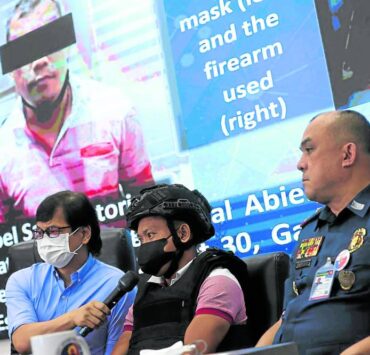From zero subsidy, PhilHealth to get P53.3B in draft 2026 budget

The Philippine Health Insurance Corp. (PhilHealth) is set to receive funding in 2026, following a year of having zero allocation in the national budget.
Speaking to reporters, Finance Secretary Ralph Recto said the state-run health insurer—an attached agency of the Department of Health (DOH)—will get subsidies amounting to P53.26 billion in 2026.
“The DOH budget will also be increased. Education, health will be the priorities of the President,” Recto said.
President Marcos has approved a proposed budget of P6.793 trillion for the national government to support his programs and development agenda for 2026, his fourth year in office.
Petitions
The Marcos administration earlier justified Congress’ decision to remove PhilHealth’s subsidy this year, noting that the state health insurer had ample reserve funds that could be used for its operations and health-care insurance coverage.
Several health advocates, including Tony Leachon, filed several petitions earlier this year with the Supreme Court questioning the zero subsidy.
They argued that it violated Filipinos’ constitutional right to health and the Universal Health Care Act.
The high court has yet to hand down its ruling on the petitions.
Coverage expansion
Despite receiving zero subsidies, PhilHealth expanded some of its coverage earlier this year, including for emergency procedures and other services for patients who do not need to be confined in hospitals.
Under its Outpatient Emergency Care Benefit package, which took effect on Jan. 1, all outpatient services and commodities given at the emergency department and accredited health-care facilities will be covered, including services provided before a patient’s arrival, such as transport to the hospital.
The package also applies to patients who do not require hospital admission and are discharged within 24 hours after arriving at the emergency department or die while seeking emergency treatment.
New rates
It also approved a 50-percent increase in almost all of its benefit packages.
Under a circular signed in December last year, PhilHealth made another round of adjustments “to increase support value, decrease out-of-pocket payment, increase financial risk protection, and ensure the effective delivery of high-quality health services.”
The new rates took effect on Jan. 1, 2025, and apply to almost all of the estimated 9,000 medical and procedural case rates offered by PhilHealth.
Among those included in the increased rates is moderate-risk pneumonia, which has consistently been the No. 1 benefit package claimed by members in recent years.
No hike
It was only the second time that PhilHealth adjusted its benefit packages across the board since 2013, when it shifted the way it pays accredited health providers from fee-for-service (where they are paid for each service they perform) to case-based payment, now known as the All-Case Rates (where they are reimbursed of a predetermined fixed rate for each treated case).
Recto, meanwhile, said there are no plans for contribution hikes despite the expanded coverage of PhilHealth’s services.
“No plans of additional contributions. There’s so much money with PhilHealth,” he said.

















